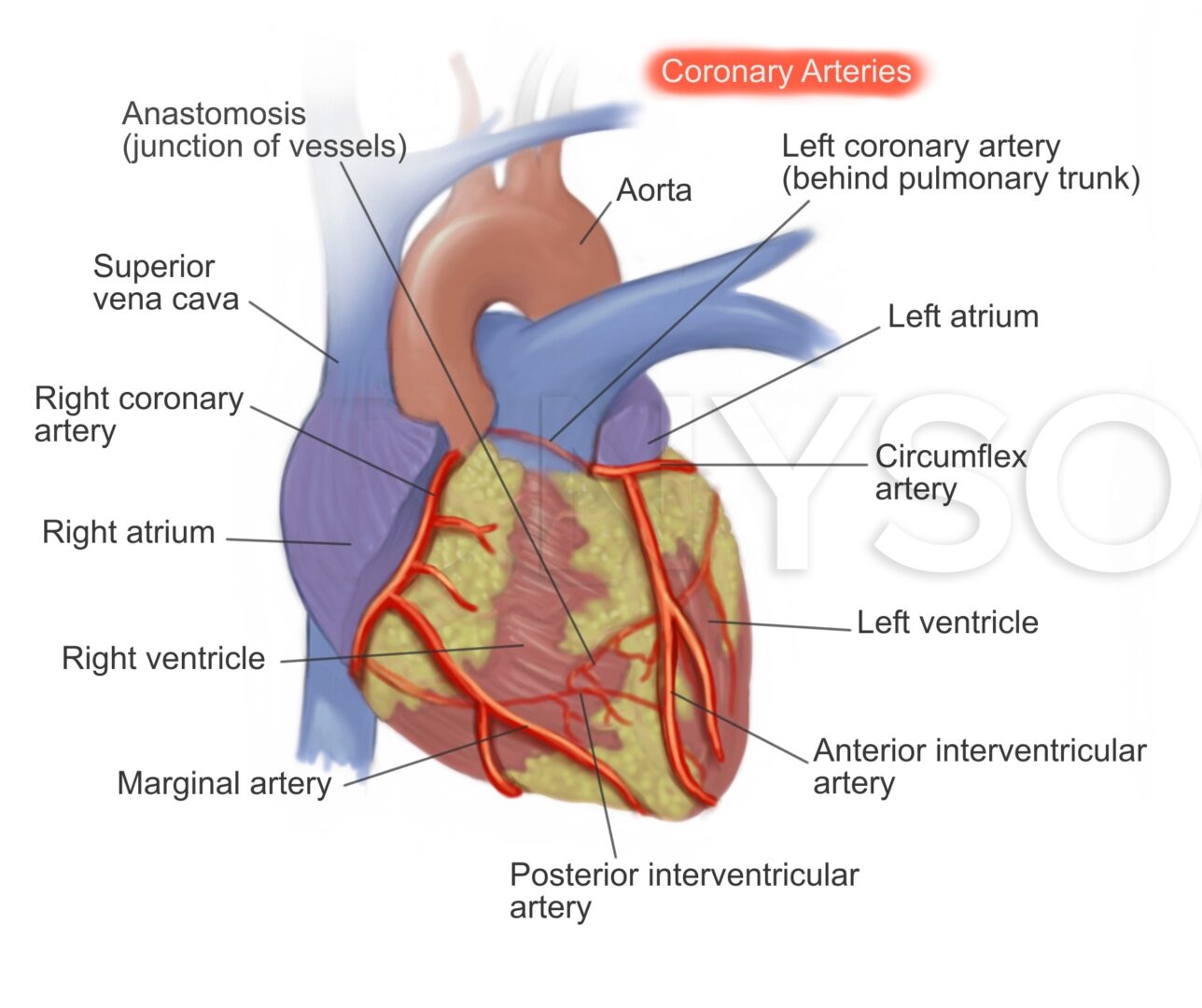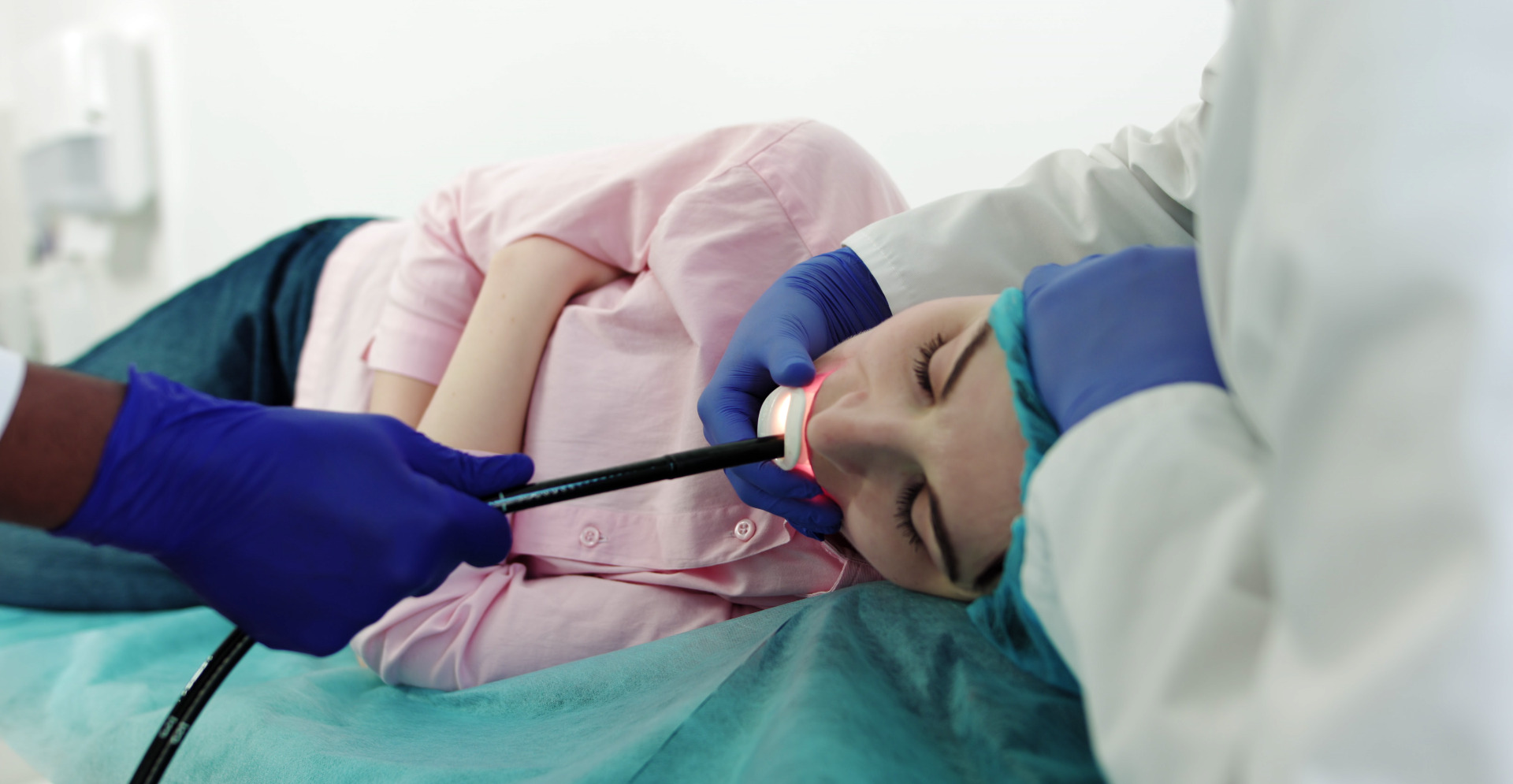Learning objectives
- Airway management during microlaryngoscopy and laser procedures
Definition and mechanism
- Microlaryngoscopy allows visualizing the vocal cords with a microscope to remove lesions from the vocal cords or to reduce the narrowing of the larynx and trachea
- Potential for dynamic airway obstruction with induction, positive pressure ventilation & paralysis:
- Double setup with rigid bronchoscope available
- Shared airway with the need to optimize surgical conditions/safety
- Airway laser is a source of energy that can be focused on extremely high intensity and is capable of vaporizing tissues or photocoagulation
- The advantages of lasers are microscopic precision, a bloodless operative field, reduction of tissue reaction, preservation of normal tissue, and complete sterility
- Complications:
- Airway obstruction, laryngospasm
- Laser: airway fire, burns, venous air embolism with YAG laser (deeper), pneumothorax
- Jet ventilation: barotrauma, abnormal ventilation/oxygenation
- Unprotected airway & aspiration risk
Indications
| Microlaryngoscopy | Airway laser surgery |
|---|---|
| Benign growth nodules, polyps, cysts | Laryngeal cancers |
| Granulomas | Papilloma excision |
| Vocal cord dysfunction | Vocal cord dysfunction or nodule/cyst removal |
| Obstructing tumor | Obstructing tumor |
| Foreign body | Postcorrosive or traumatic tracheal stenosis |
Management
- Patients who are not at risk of respiratory obstruction can have standard endotracheal intubation following preoxygenation
- If obstruction of the airway is anticipated, difficult airway equipment is mandatory
- Different sizes of laryngoscope blades, oral and nasal airways, fiberoptic bronchoscope or video endoscope, rigid bronchoscope, and tracheostomy tray should be available
- Laser-resistant/non-combustible endotracheal tubes are recommended by the American Society of Anesthesiologists as the default endotracheal airway during laser surgery of the respiratory tract to protect the operating field
- The cuff is the most vulnerable part of the ETT, as, the cuff is inflated with air (or saline) to occlude the trachea external to the tube and thus directs all the gas flows from the ETT exclusively to the trachea, and vice versa
- A dye such as methylene blue is typically instilled into the cuff for such cases, so there is an obvious visual alert if the balloon is inadvertently popped
Airway management classified in a closed or open system:
- Closed system (intubation)
- General anesthesia with ETT (microlaryngoscopic tube or laser tube)
- Open system (no intubation, tubeless technique):
- Topical/local anesthesia with sedation
- General anesthesia without intubation
- Apnea & intermittent intubation/bag-mask ventilation
- Tubeless spontaneous ventilation technique
- Jet ventilation with Sanders technique: supraglottic vs subglottic, via catheter/rigid scope
- High-frequency jet ventilation
Risks/complications:
- Difficulty maintaining oxygenation/ventilation in morbid obesity, stiff thorax, restrictive/obstructive pneumopathy, lung fibrosis, reduced alveolar-capillary diffusion capacity (pulmonary edema)
- Risk of dynamic hyperinflation if obstructed airway with barotrauma (subcutaneous emphysema, pneumothorax/pneumomediastinum, tracheobronchial injury), hypoxemia, hypercarbia/hypocarbia, gastric distension & regurgitation due to scope malalignment, possible vocal cord motion if supraglottic, drying of laryngeal mucosa, the distal spread of particulate matter with potential tracheobronchial viral or tumor seeding
Keep in mind
- Jet ventilation avoids the risk of ETT complications (kinked, obstructed, displaced, damaged, ignited)
- Contraindication to jet ventilation & need for airway laser
- Full stomach & laser surgery: laser ETT vs jet ventilation
Suggested reading
- Pearson, K., Mcguire, B., 2017. Anaesthesia for laryngo-tracheal surgery, including tubeless field techniques. BJA Education 17, 242–248
- Hemantkumar, Indrani. (2017). Anesthesia for Laser Surgery of the Airway. An International Journal Otorhinolaryngology Clinics. 9. 1-5. 10.5005/jp-journals-10003-1250.
We would love to hear from you. If you should detect any errors, email us at [email protected]








